25 Greatest Film Noirs
The dark side of the silver screen...
Double Indemnity (1944)
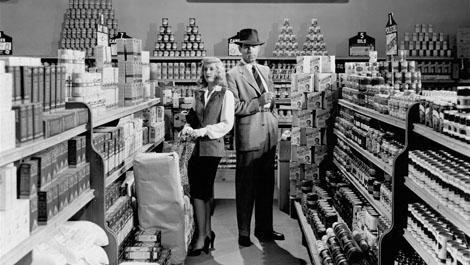
The Noir
Billy Wilder’s best film is all about insurance. No where near as boring as it sounds, Fred MacMurray narrates a seedy story about a routine house call that goes very wrong – with bored housewife Phyllis (Barbara Stanwyck) and claims adjuster Barton (Edward G. Robinson) getting mixed up in a very domestic murder mystery.
Coolest Moment
A long-take in a supermarket reveals the subtle shades of Phyllis’ duplicity - but it’s Wilder’s subtle shades that are more impressive. Taking the noir out of the back streets, nightclubs, and dingy offices, a bright-lit supermarket sets the stage for the film’s key scene – an ironic genre flip that almost edges towards the neo-noirs of the ’70s and ’80s.
In A Lonely Place (1950)
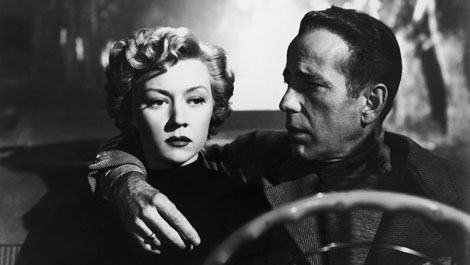
The Noir
Nicholas Ray directs Humphrey Bogart as a cynical Hollywood screenwriter who brings a girl home just to read a trashy first draft he can’t be bothered to pour through himself. When she gets murdered, he’s the main suspect – and his smitten next door neighbour (Gloria Graham) covers for him.
Coolest Moment
Up there with the last shot of The Searchers , Nicholas Ray’s grim ending is a landmark moment for the antihero. His relationship ruined, his life broken – Dix (Bogart) wanders out into the city to continue his doomed life. Not many Noir protagonists survive the end of the film – but Dix might wish he didn’t.
The Third Man (1949)
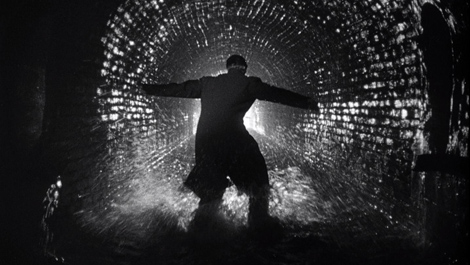
The Noir
Written by Graham Greene and directed by Carol Reed, British cinema’s greatest noir sets its labyrinthine stage on the twisty back streets of post-war Vienna. An American writer (Joseph Cotton) is summoned to the city by an old friend (Orson Welles), and he spends half the film trying to work out why – getting himself mixed up in a sticky black market plot along the way.
Coolest Moment
Harry Lime’s (Welles) introduction is the stuff of legend – glimpsed in the flash of a broken lightbulb before he sinking back into the shadows, with Anton Karas’s jaunty zither score and Robert Krasker’s jagged cinematography lending the moment the sharp shadowed edge of a broken record.
The Big Sleep (1946)
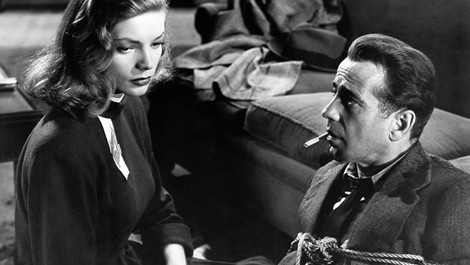
The Noir
Legend has it that director John Huston and star Humphrey Bogart got drunk on set on day before they realised that neither of them had any idea what the plot of the film way. Sending a cable to Raymond Chandler, on whose book the script was based, they found out they he didn’t have any idea either. Needless to say, it involves a hard-boiled PI (Bogart), a sexy femme fatal (Lauren Bacall) and some of the best dialogue ever written.
Bringing all the latest movie news, features, and reviews to your inbox
Coolest Moment
Any scene between Bogey and Bacall (not yet an item when the film was made) bristles with sexual tension and quotable dialogue…
“How did you find my sister?” “She tried to sit in my lap while I was standing up”
“How do you like your brandy?” “In a glass”
Out Of The Past (1947)
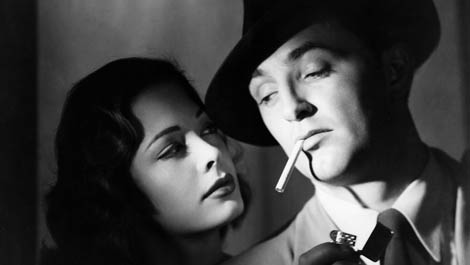
The Noir
Twisty plot? Doomed anti-hero? Femme fatal? Stark cinematography? Make a checklist of everything you need for a classic film noir and Jacques Tourneur’s masterpiece has it all. And yet, there’s enough genre-bending going on beneath the surface to keep things much more interesting than that – with Robert Mitchum’s laconic PI narrating a series of overlapping, disorganised flashbacks that tell the story of a gangster (Kirk Douglas) and his missing girl (Jane Greer). Clever, inventive and hard-edged cinema at its very best.
Coolest Moment
“There were guns in Out Of The Past ,” said critic Roger Ebert, “but the real hostility came when Robert Mitchum and Kirk Douglas smoked at each other”. Carefully framed by Tourneur to give their tobacco clouds dark-lit personality, the smoky face-off between Mitchum and Douglas really is the film’s greatest set-piece.


